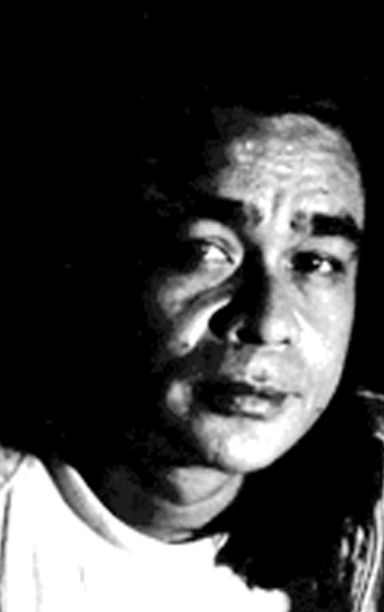
RAYMUND FERNANDEZ
The point of education is to teach, of course. And what else can be taught but what the teacher knows? But for the good teacher, there is one something more important than this. The good teacher ought point the student to things the teacher does not know, or does not know for certain, even those things not yet known by man, and most important of all, those things that may not ever be known. For what is known by man is only a small drop of an endless, expanding universe. The good teacher ought accept that what the teacher knows is only a tiny microscopic drop of that drop. There are things — many things — he or she cannot know for sure. Ignorance is not the absence of knowledge and understanding; it is more the failure to know that the absence is there, was always there and will always be there. The acceptance of this absence of knowledge and full understanding ought therefore be the required preamble to every act of teaching. The good lesson ought begin here, beginning with a clear description to the student: Here is the large expanding universe. Here is what is not yet known. Here is what we do know. Here is what can be taught. There, those things the student will have to discover for himself or herself.
There are many things to validate the correctness of this view. My way was to read up on semiotics, structuralism and post-structuralism. The first lesson I learned from these readings? That the most important fundamental points of fact are still being argued about by specialists of that field, the field being that of linguists, literary critics and the “occasional philosopher.” Theirs is a field of studying how art and the universe may be interpreted or read. And definitely, very definitely, that field has little to do with the doing of art. And so therefore, if one seeks to be a good teacher of art, one ought simply point the student to the existence of these fields. There ought be no pretense that these fields can be known and fully understood unless by specialists. Otherwise, we end up teaching students to do art about doing art instead of teaching students to do art which speaks to us of life, and how a person may view and live it.
This essay begins from watching back-to-back shows by two of my former students, Borj Padron and Almun Rey Logronio; Almun’s show entitled “Sh*t Happens,” while Borj named his simply “Karma.” The shows are ongoing at Qube Gallery at the Crossroads in Banilad. They are shows of sculpture employing wood, metals and resin. Borj and Almun graduated several years ago. I had not seen them for quite a while until I met them in school just days ago. They went there, as I understood, precisely to invite me to their opening — something rarely done by any of my students. And so I went there to do exactly that — see their most recent works. The works are excellent. And I have to admit to feeling pangs of envy just to countenance the fact of their youth and such high level of expertise demonstrated.
Jaded teacher that I am, I could not help looking at the works through the looking glass of semiotics and post-modernist theory until I corrected myself. To do this takes away the fun of looking at the works just simply as art, my students’ art, and how proud they make me. I must have taught them something. I lay claim to that little something. But this would only be a tiny drop of a whole ocean they have taught themselves and now reveal through their works. Go see the show, please. You will not be disappointed.
Disclaimer: The comments uploaded on this site do not necessarily represent or reflect the views of management and owner of Cebudailynews. We reserve the right to exclude comments that we deem to be inconsistent with our editorial standards.
